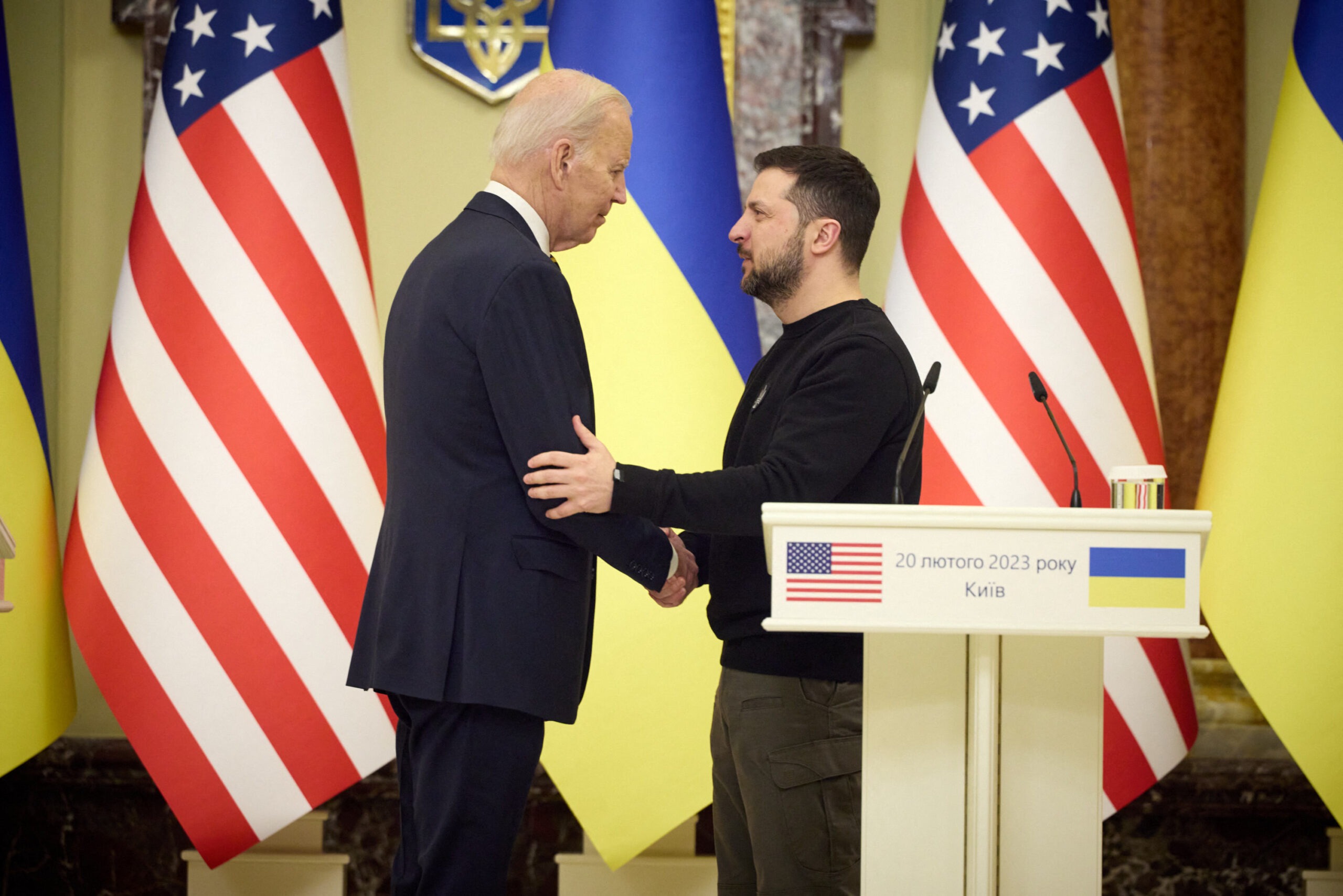American opposition to funding the Ukrainian defense against Russian aggression is often framed around its cost, yet this perspective overlooks the crucial insights and benefits the United States garners from Ukraine’s experiences on the battlefield.
The conflict has provided the U.S. with invaluable real-world data on the performance of its military technology. America hasn’t engaged in a major conventional war in over six decades, leaving a gap in understanding how its weapons systems perform against a well-armed adversary.
The Ukrainian conflict has filled this gap, offering critical insights into both the strengths and weaknesses of U.S. military equipment and strategies. For example, systems like the HIMARS rockets and Javelin anti-tank missiles have proven effective, demonstrating that U.S. technology can indeed counter larger forces equipped with older Soviet-era systems.

On the other hand, the conflict has exposed serious shortcomings in other areas, such as the limitations of Patriot air defense systems against inexpensive yet numerous enemy drones.
The tactical lessons are equally valuable. Ukrainian forces have learned, often through harsh experience, that traditional military strategies such as massing armored vehicles can lead to devastating losses in modern warfare dominated by drone surveillance and quick-strike capabilities.
These lessons provide critical feedback that can reshape U.S. military doctrines and training to avoid such vulnerabilities. Ukraine’s struggle has served as a live demonstration of emerging military technologies and tactics from the Russian side, such as the use of glide bombs, which present a new set of challenges for U.S. forces to counter in future conflicts.

Beyond military technology and tactics, Ukraine’s resistance offers strategic lessons on the global stage. It demonstrates the high costs of complacency in the face of aggressors like Russia, whose expansionist policies have been met with incremental resistance from the West.
Support for Ukraine Goes Beyond Simple Foreign Aid
This has broader implications for U.S. foreign policy, particularly in managing threats near NATO borders and beyond. The economic argument against aid to Ukraine often misses these broader strategic benefits, which include maintaining global stability and deterring aggression by authoritarian regimes.
The cost of U.S. aid to Ukraine should also be weighed against the potential costs of allowing Russian aggression to go unchecked, which could lead to far greater conflicts in the future.
The support for Ukraine is not just a matter of foreign aid; it is an investment in global security and the testing and improvement of U.S. military capabilities. As such, the debate over funding should consider the immediate costs and the long-term benefits to U.S. national security and the international order.

